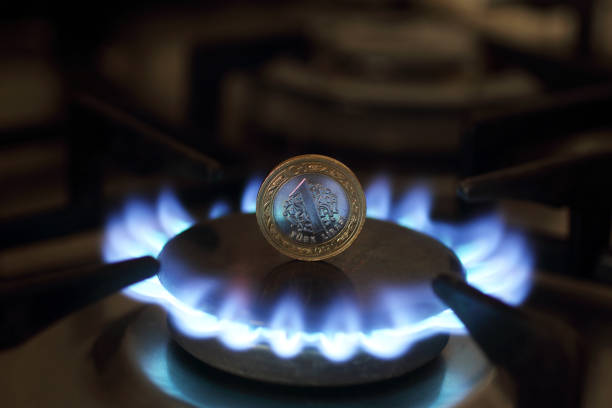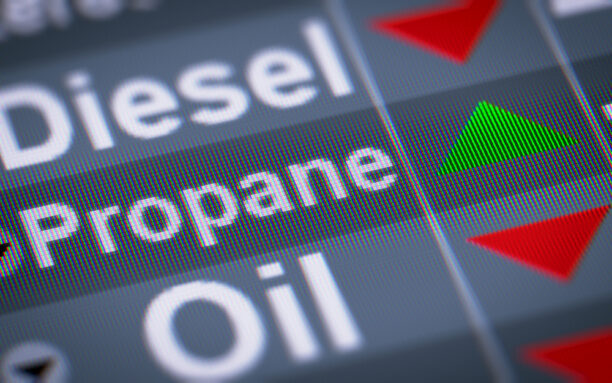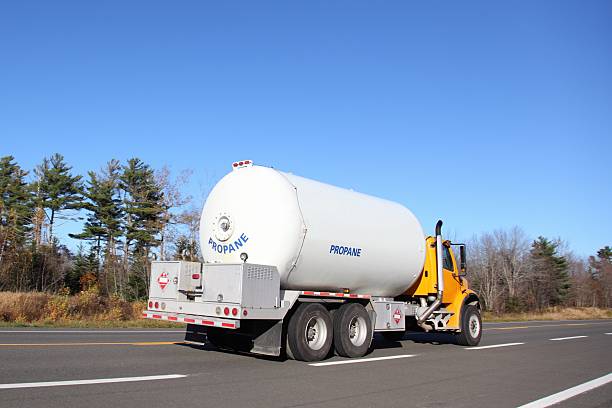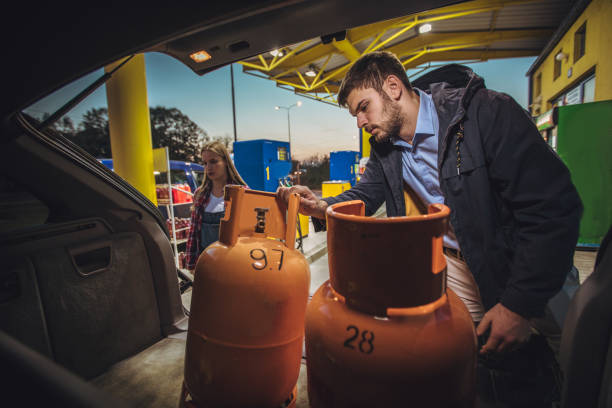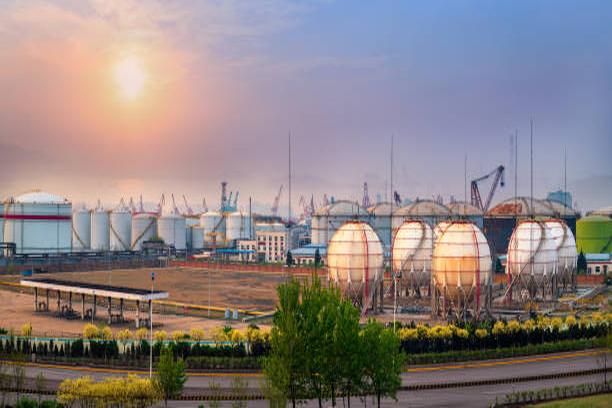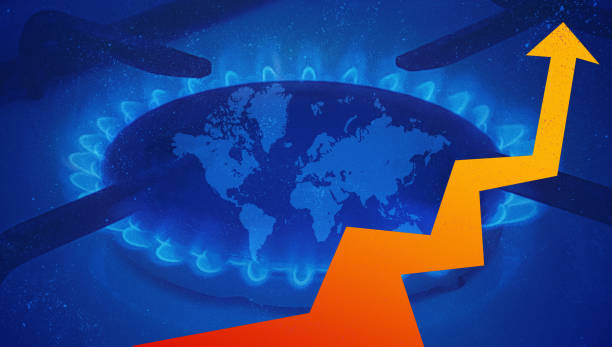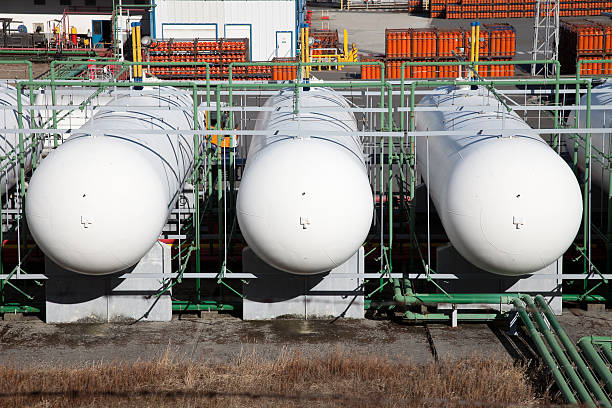Mastering Propane Pricing: A Guide to Strategic Forecasting
Forecasting propane prices is vital for effective corporate planning in the propane industry. However, this key business practice is easier said than done. This guide gives practical tips on how to approach this task in order to make informed decisions. Why Forecast Propane Prices? Accurate forecasting helps with budgeting by allowing businesses to plan their… Continue reading Mastering Propane Pricing: A Guide to Strategic Forecasting

